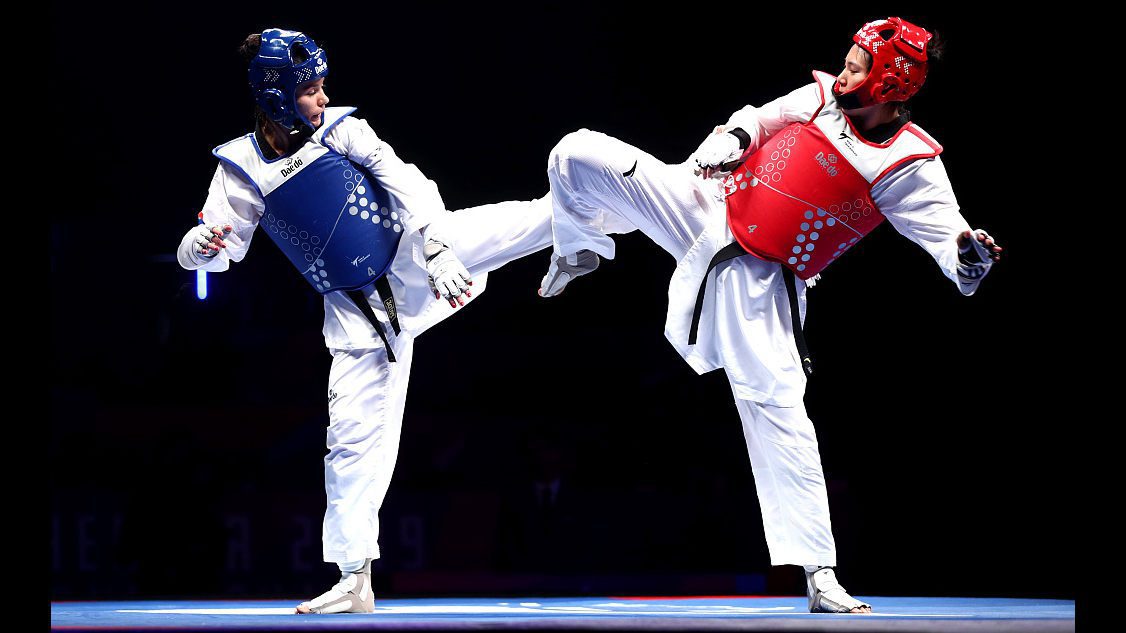
Mastering the Art of Tying Belts in Taekwondo
In the world of martial arts, Taekwondo holds a significant place. One of the key aspects of this discipline is understanding the belt system, which

Belts that signify the various levels of Taekwondo are deeply entrenched in the Korean history of Taekwondo. Taekwondo has eight belts, the first of which is white, which you acquire when you first start practicing. Yellow, blue, red, black, white, and black belts are the belts available. You wear stripes on each of the color belts to indicate your degree of achievement on that belt.
Taekwondo, Karate, Jiu-Jitsu, and other martial arts have different belt requirements. Standards differ from one school to the next. In general, a student will be requested to test when the instructor believes they are ready to advance to the next belt level. To avoid becoming belt factories, traditional Taekwondo schools (dojang) maintain high standards.
The colors of belts aren’t standardized, so they differ from school to school. In Taekwondo, each belt color corresponds to the student’s GUP (rank). The term GUP (sometimes written Geup) refers to a degree. When students transfer from one school to another, the GUP notifies the new instructor of their achievement level.
This is a symbol that represents purity or innocence. This belt is used by all new students who have no prior experience in Tae Kwon Do. It symbolizes a fresh start and the start of a journey.
This color represents the ground and represents a seed being planted in order for its root system to form as it grows. At this point, the learner is starting to lay the groundwork for learning Tae Kwon Do.
The term “green belt” refers to how a seed, or now a plant, begins to grow. The student now has a solid basis on which to build, and their Tae Kwon Do skills continue to improve.
The plant is growing and on its way to becoming a towering tree, while the blue belt represents the beginning of talking about the sky or heaven. Like the tree, the Tae Kwon Do learner grows stronger and matures.
This denotes danger and serves as a warning to both others and the student. The pupil must be aware of their newly acquired powers and maintain control over them. This is the student’s final belt before achieving their first aim of attaining a black belt.
Which, of course, is the polar opposite of white, indicating that the pupil has progressed to the point where he has completed his Tae Kwon Do fundamental instruction.
To someone who isn’t a martial artist, a black belt means they’ve mastered the art.

In the world of martial arts, Taekwondo holds a significant place. One of the key aspects of this discipline is understanding the belt system, which

Discover the Best Taekwondo Classes Near Me: Koryo Taekwondo Club’s Excellence in Geneva, Gland, and Versoix Uncategorized 21 May 2023 Searching for “Taekwondo near me”?
Koryo Taekwondo Club is the #1 Martial Arts school in Gex, Gland, Versoix, Champel and Geneva. Taekwondo Classes for ages 3 to 100. After school programs, Sparring, Poomsae, …